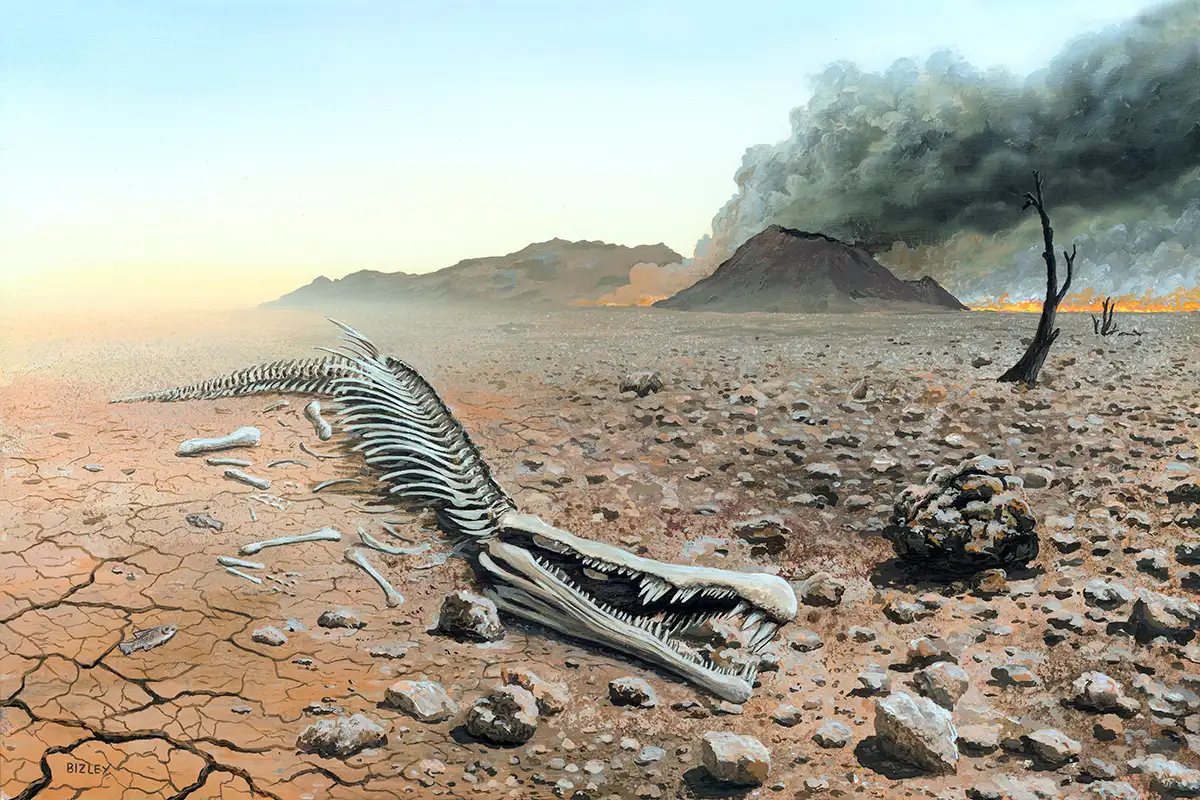
The dying out or extermination of a species is what is referred to as extinction. When species are diminished because of environmental factors or because of evolutionary changes in their members, extinction occurs. While rates of extinction have varied largely, human activities, deforestation, habitat loss, over-hunting, pollution and climate change have meant that the present-day extinction rate is many times more than what it was previously.
About 541 million years ago, a great expansion occurred in the diversity of multicellular organisms. Paleobiologists, scientists who study the fossils of plants and animals to learn how life evolved, call this event the Cambrian Explosion. Since the Cambrian Explosion, there have been five mass extinctions, each of which is named for the geological period in which it occurred, or for the periods that immediately preceded and followed it.
The first mass extinction is called the Ordovician-Silurian Extinction. It occurred about 440 million years ago, at the end of the period that paleontologists and geologists call the Ordovician, and followed by the start of the Silurian period. In this extinction event, many small organisms of the sea became extinct. The next mass extinction is called Devonian extinction, occurring 365 million years ago during the Devonian period. This extinction also saw the end of numerous sea organisms.
The largest extinction took place around 250 million years ago. Known as the Permian-Triassic extinction, or the Great Dying, this event saw the end of more than 90 percent of the Earth’s species. Although life on Earth was nearly wiped out, the Great Dying made room for new organisms, including the first dinosaurs. About 210 million years ago, between the Triassic and Jurassic periods, came another mass extinction. By eliminating many large animals, this extinction event cleared the way for dinosaurs to flourish. Finally, about 65.5 million years ago, at the end of the Cretaceous period came the fifth mass extinction. This is the famous extinction event that brought the age of the dinosaurs to an end.
In each of these cases, the mass extinction created niches or openings in the Earth’s ecosystems. Those niches allowed for new groups of organisms to thrive and diversify, which produced a range of new species. In the case of the Cretaceous extinction, the demise of the dinosaurs allowed mammals to thrive and grow larger.
Scientists refer to the current time as the Anthropocene period, meaning the period of humanity. They warn that, because of human activities such as pollution, overfishing, and the cutting down of forests, the Earth might be on the verge of—or already in—a sixth mass extinction. If that is true, what new life would rise up to fill the niche that we currently occupy?
Credit : National geographic
Picture Credit : Google




